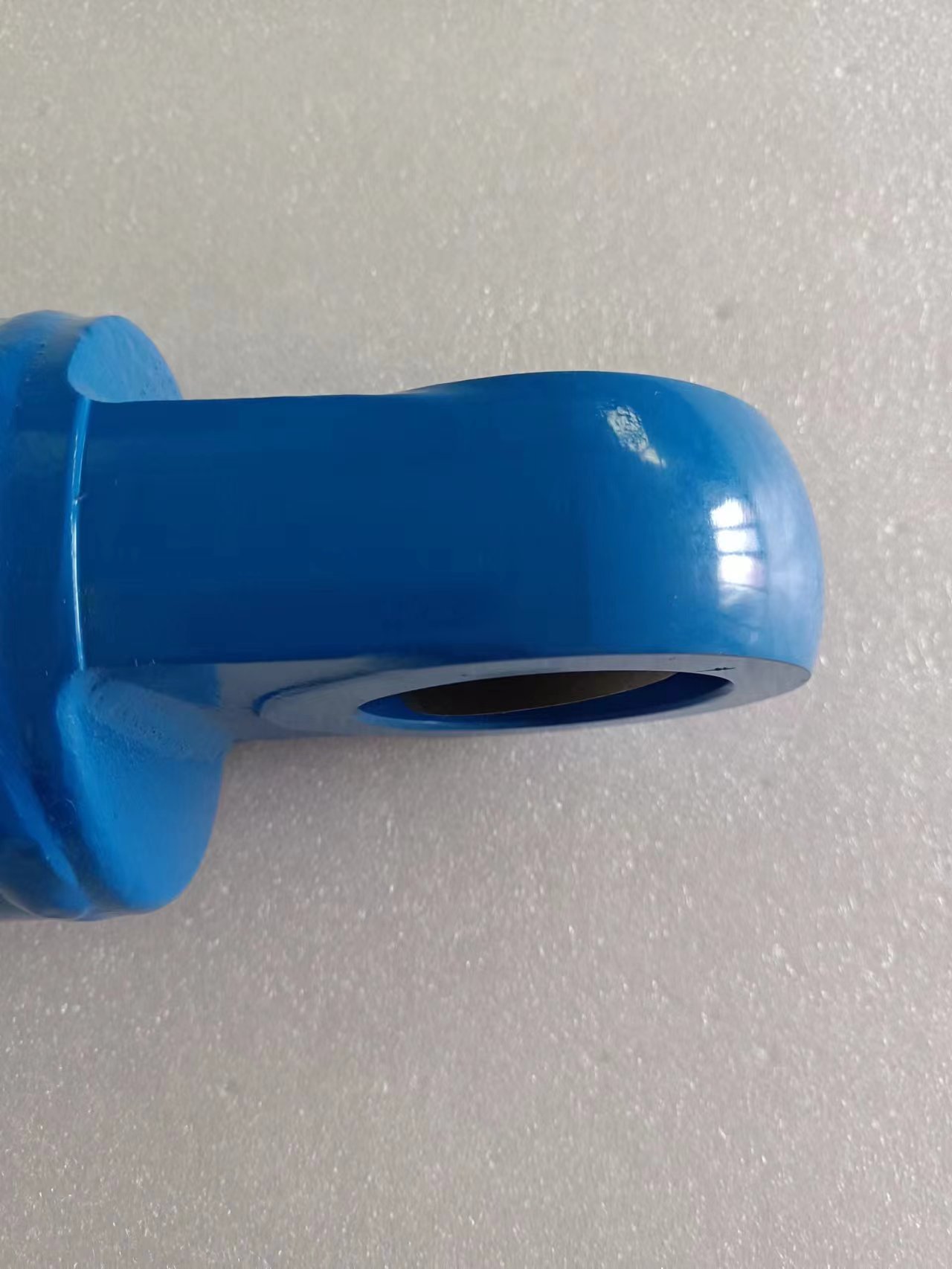Dec . 06, 2024 19:43 Back to list
crane hydraulic cylinder product
Understanding Crane Hydraulic Cylinders The Backbone of Heavy Lifting
In the world of heavy machinery, hydraulic systems are essential for enabling powerful and efficient movements. Among the most critical components in such systems are hydraulic cylinders, especially those used in cranes. Crane hydraulic cylinders are designed to convert hydraulic energy into mechanical energy, allowing cranes to perform lifting and maneuvering tasks with precision and power.
What Are Crane Hydraulic Cylinders?
At its core, a hydraulic cylinder is a mechanical actuator that uses pressurized hydraulic fluid to produce motion. In cranes, these cylinders are responsible for lifting heavy loads, extending boom arms, and enabling various movements necessary for construction and industrial applications. They consist of a cylinder barrel, a piston, and hydraulic fluid, which work together to create force.
Design and Functionality
Hydraulic cylinders are engineered to withstand high pressures while maintaining safety and reliability. The design often features robust materials such as steel and reinforced seals to prevent leaks and ensure longevity. Crane hydraulic cylinders can vary in design, including single-acting cylinders that use pressure for one-directional motion or double-acting cylinders that facilitate movement in both directions.
The functionality of these cylinders is a result of the principles of hydraulics, where Pascal's Law states that pressure applied to a confined fluid is transmitted undiminished in all directions. This property allows cranes to lift substantial weights with relatively small cylinders, making them highly efficient for tasks that require heavy lifting, such as assembling skyscrapers, moving heavy equipment, or transporting materials at construction sites.
Types of Crane Hydraulic Cylinders
Crane hydraulic cylinders come in several types, each suited for specific tasks. Common types include
1. Telescopic Cylinders These consist of multiple nested cylinders that can extend far beyond their initial length, making them ideal for cranes that need a significant reach without requiring an excessively long stationary boom.
2. Single-acting Cylinders These cylinders extend under pressure supplied by hydraulic fluid but rely on gravity or spring force for retraction. They're commonly used in straightforward lifting operations.
crane hydraulic cylinder product

Advantages of Crane Hydraulic Cylinders
1. High Efficiency Hydraulic systems are known for their ability to produce high force with minimal input power, leading to energy-efficient operations.
2. Precision Control Operators can easily control the speed and force of hydraulic cylinders, which is crucial for delicate lifting tasks.
3. Durability Crane hydraulic cylinders are built to withstand harsh conditions, including extreme temperatures and abrasive environments.
4. Space-saving Design In many cases, hydraulic cylinders take up less space than traditional mechanical systems, providing greater versatility in crane design.
Maintenance and Care
To ensure optimal performance and longevity of crane hydraulic cylinders, regular maintenance is essential. This includes checking for leaks, monitoring fluid levels, and inspecting seals for wear and tear. Proper maintenance not only extends the life of the cylinders but also enhances the overall efficiency and safety of crane operations.
Conclusion
Crane hydraulic cylinders play a pivotal role in the construction and industrial sectors, providing the muscle needed to lift heavy loads with ease. Their ingenious design and efficient operation make them indispensable tools for operators worldwide. As technology continues to advance, the evolution of crane hydraulic systems promises even greater efficiency and reliability, ensuring that the backbone of heavy lifting remains strong for generations to come.
-
Fork Lift Power Units - Hebei Shenghan | Efficiency, Reliability
NewsJul.13,2025
-
1.5-Ton Turbocharged Cylinder-Hebei Shenghan|Hydraulic Solution,Energy Efficiency
NewsJul.13,2025
-
Auto Hoist Power Units-Hebei Shenghan|Efficiency&Industrial Lifting
NewsJul.13,2025
-
Double Acting Power Units-Hebei Shenghan|Hydraulic Solutions,Industrial Efficiency
NewsJul.13,2025
-
1.5 Ton Lifting Cylinder 70/82-40-290-535 - High-Performance Hydraulic Solution | Hebei Shenghan
NewsJul.13,2025
-
Fork Lift Power Units - Hebei Shenghan | Efficiency&Reliability
NewsJul.13,2025
